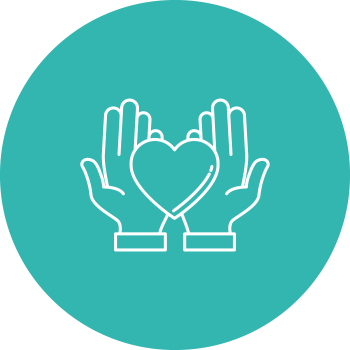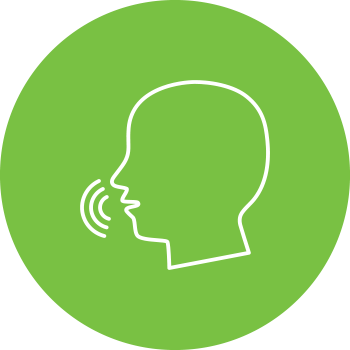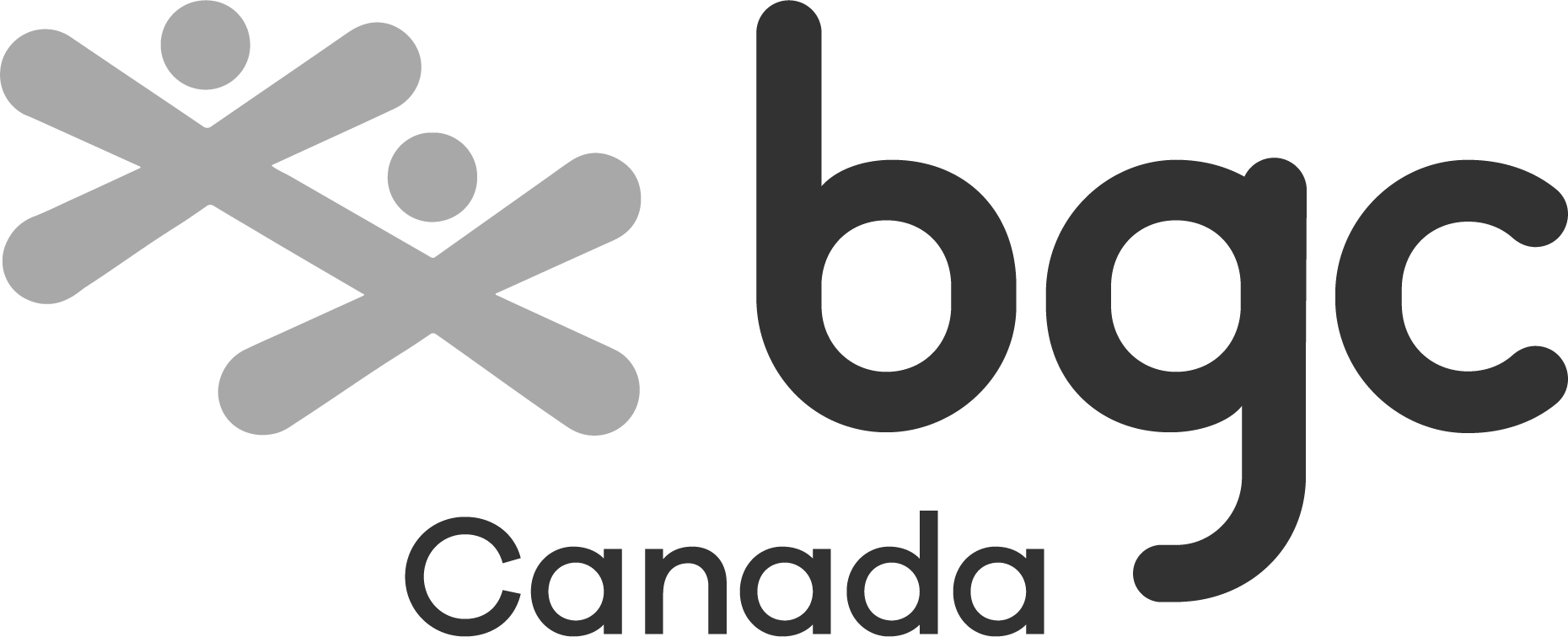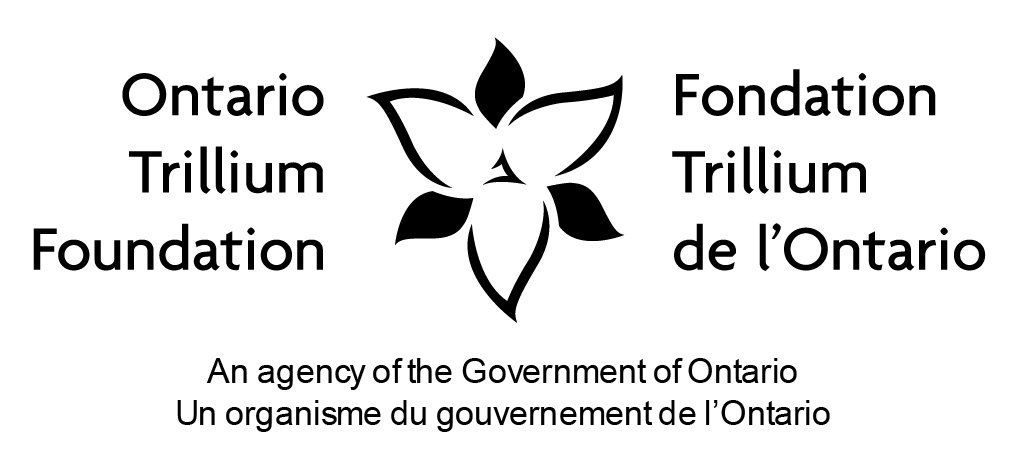Mission and Core Values
Programming Framework
Core Values

Belonging

Respect

Encouragement & Support

Working Together

Speaking Out
Programming
HIGH FIVE Quality at PLAY
- A Caring Leader
- The opportunity to make Friends
- The opportunity to Play,
- The opportunity to Master Skills and
- The opportunity to Participate.
- Training and Development for staff
- Program Assessments using the scientifically-validated QUEST 2 Tool
- Establishing Policies and Procedures to manage risk
- Creating Awareness of high quality programs for kids
Developmental Asset Building
The children and youth program staff at BGC St. Alban’s Club are trained in and use the Search Institute’s Developmental Asset Framework. These 40 Developmental Assets are concrete, common sense, positive experiences and qualities essential to raising successful young people. These assets have the power during critical adolescent years to influence the choices young people make and help them become caring, responsible adults.
Search Institute organizes the 40 developmental assets into eight categories. The first four categories (20 assets) are “external assets”—relationships, experiences, and opportunities provided by nuclear and extended families, caring adults and peers, neighbourhoods, and institutions within communities. The other four categories are “internal assets,” which focus on the commitments, values, skills, and outlook on life that guide young people’s choices.










